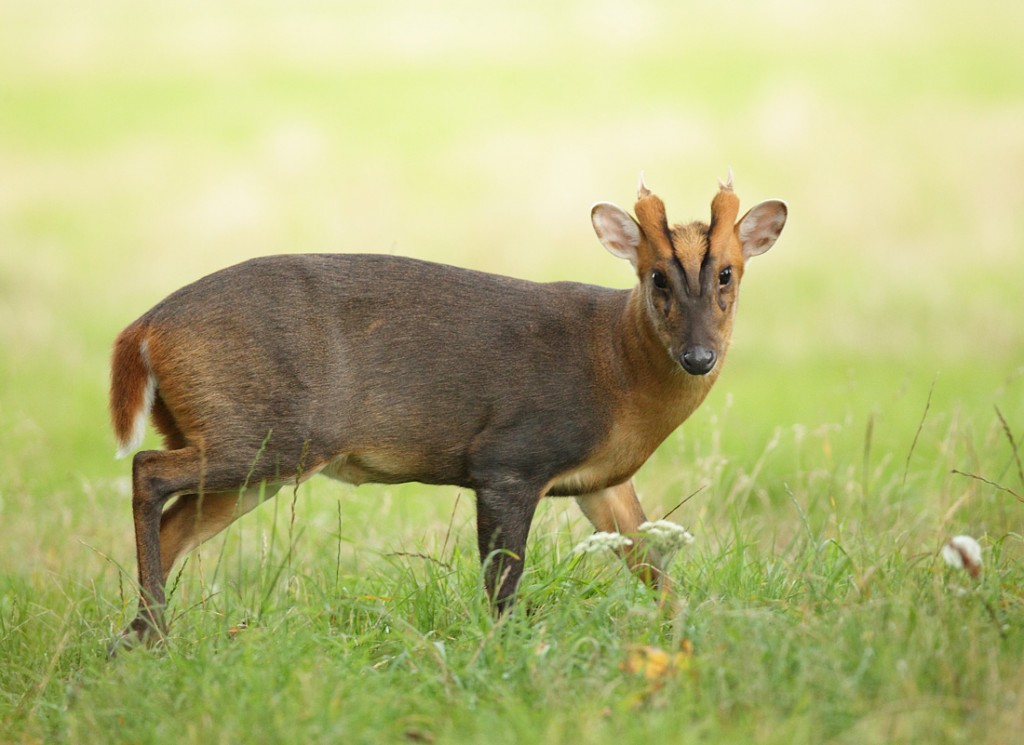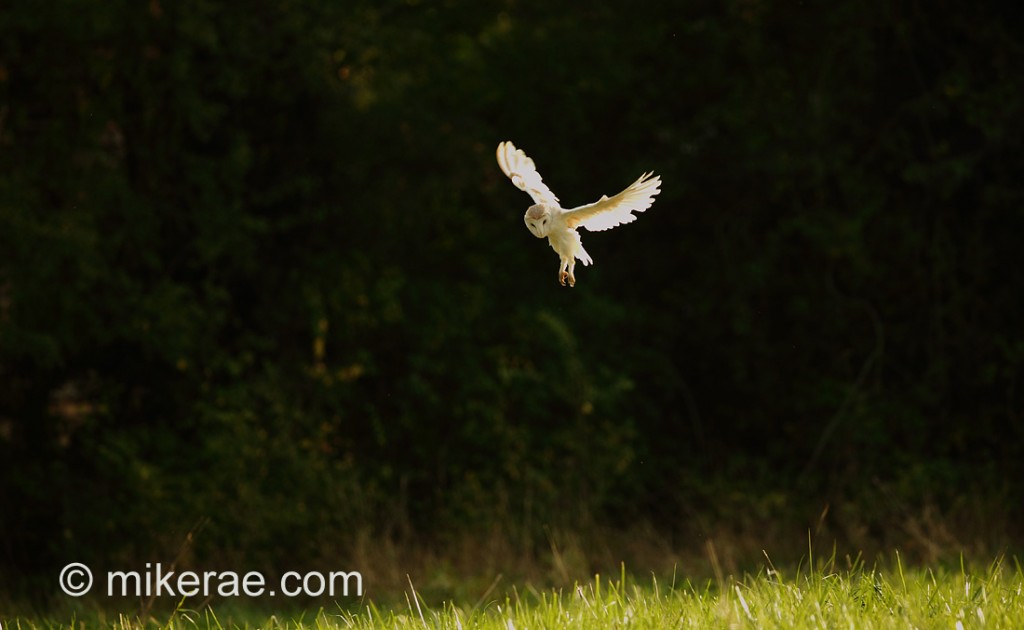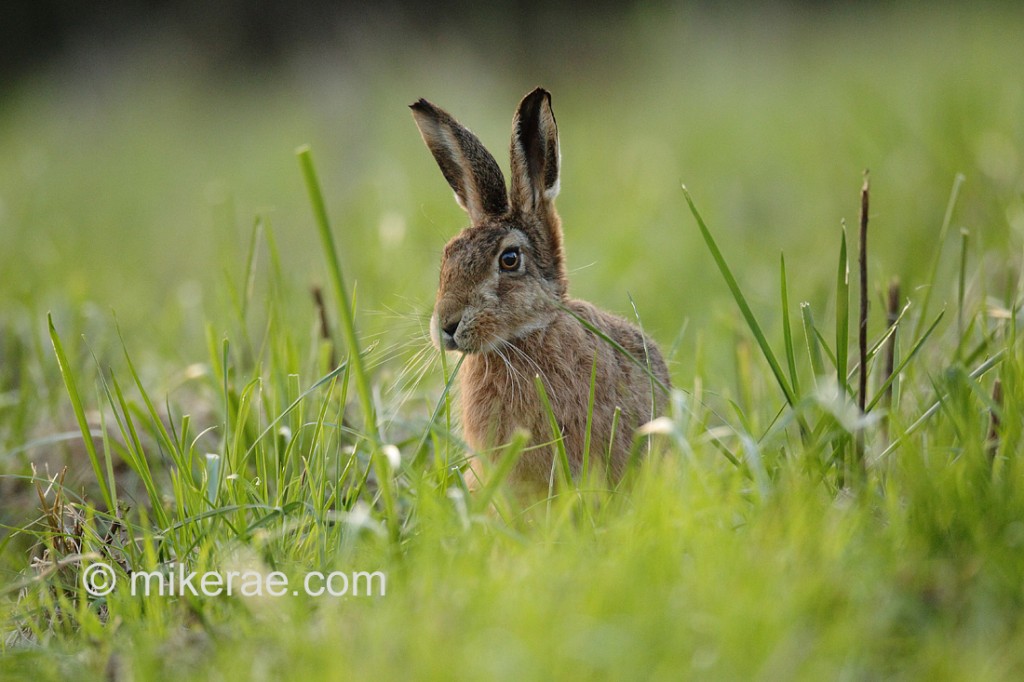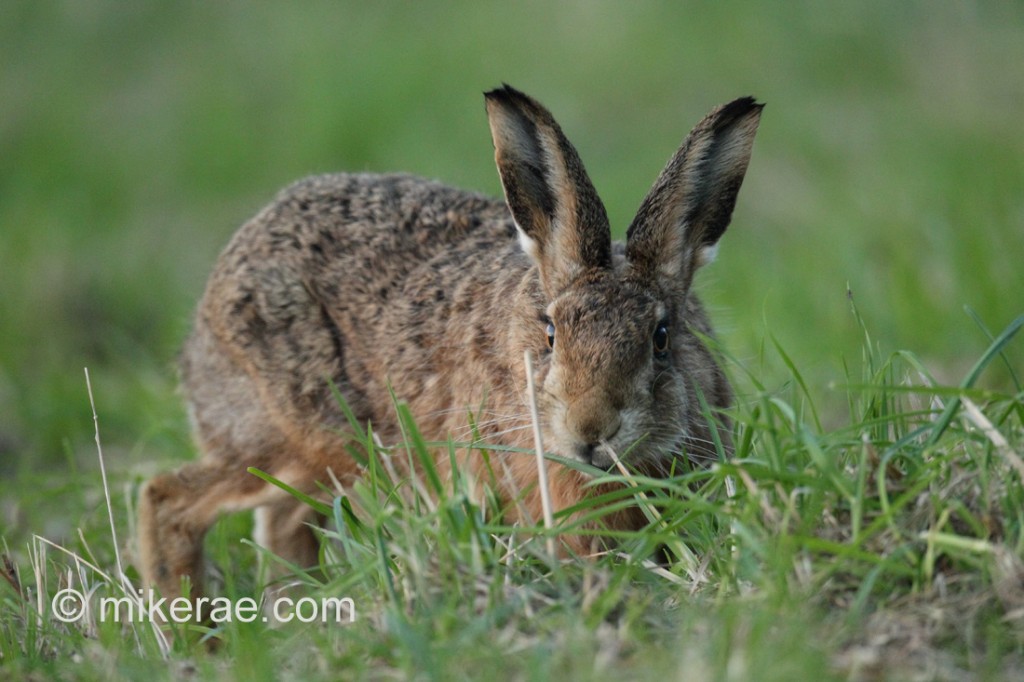Sunday was warm with a cloudless blue sky, I tried to make the most of it, as the forecast for the rest of the week was “changeable”. Autumn is coming.
To end the day I went to see what was happening in the old hay meadow behind the straw barn at Halls Farm. The meadow is surrounded on three sides by thick hedges with old oak trees, the cut grass has grown strongly through September. The meadow slopes to the west so keeps the sun until it sets.
Watching from a corner at first it was deserted, the screeching of jays broadcasting that I had been seen. They soon relaxed and resumed their task of picking and planting acorns to feed on during the winter. Jays are meant to remember where the acorns are placed but the many oak saplings on the farm show that not all are retrieved. Behind me in the hedge a flock of more than 40 long-tailed tits flitted past me calling to each other, a sure sign that summer is over.
The sun dipped lower and a dog-like muntjack deer came nervously out of the hedge bottom, the reason for caution was clear when I spotted it had a fawn with it.
I then had a surprise, sitting in a hole between the straw bales in the barn was a barn owl. In the low sunlight it drifted over the meadow and caught a vole on the second circuit, back to the gap. Five minutes later the owl reappeared and another vole was caught. The barn owls living in the straw have had a second brood of 4 young, the adults have had a busy year.
As the sunlight became rosier hares started to appear to feed on the grass. Some slipped through the hedge into the meadow, but others just appeared. They must have been lying low in their forms unseen by me. The light dimmed and the hares became more active, the males looking for responsive females. One unresponsive female seemed to be feeding her leverets, although I could not be sure. The hares knew I was there, most kept their distance but a few did not care or were curious. One came within 5 metres, creeping and eating before losing it nerve and bouncing off.
Before the light failed there were more than 15 hares in the meadow. As I retreated back to the car, bats were coming out of the barn to make the most of the autumn insect life before the temperature dipped.
The meadow is small, only 2 or 3 acres lightly managed and of no economic value but invaluable as a natural home and place of wonder.



